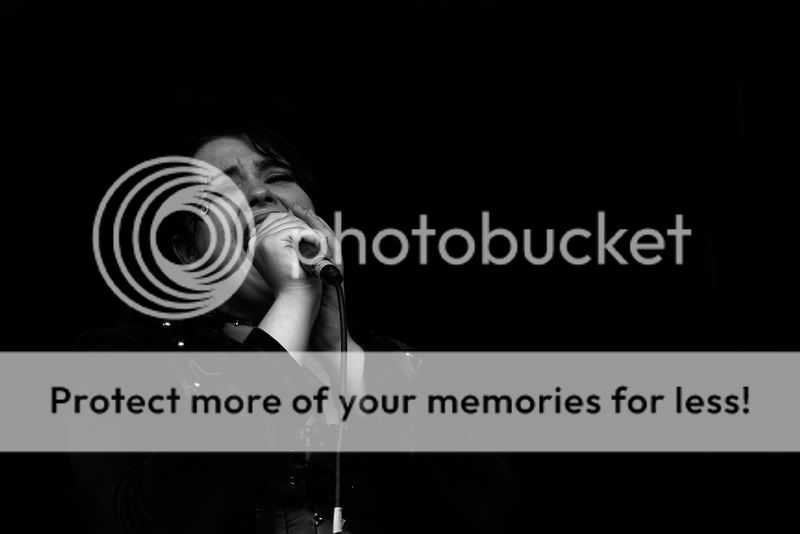It might
read funny, 'cause I've written that way.
But, yes, to modify your martial arts analogy, you could win fights with it, but you're gonna be amazed if your opponent pulls out a knife halfway through. Thinking "But that's against the rules!" won't save your arse from a stabbing.
About the only people who care if you took a picture using the ZS are other ZS afficionados.
And, yes, probably a lot of the stuff I do ends up looking like it was made with the Zone System. Fair enough. But the difference is that with most of it, I didn't spend ten minutes shagging around with deciding whether that shadow's gonna be where some dead geezer would want it, or face is gonna be where, again, that dead geezer would want it.
Of course, you can retroactively apply most theories to anything, when you're only looking at the outcome. It's like saying Sydney Harbour was purpose-built for being a harbour. It wasn't, but it turned out is was pretty good for harbouring ships and the like (can't say I approve of what's sprung up around it, but I digress.)
Truth is, I do adhere to the basic tenets of the Zone System, which are, essentially, "Keep dark things dark, and light things light."
Every photographer does that. That's the whole basis of photography.
But, the point is, I didn't set out to do that. I enjoy the differences between different films - a skin tone on HP5 is gonna be darker than the same skintone rendered on Fuji Neopan 400. Vive la difference!
And yes, I do love spot metering, but not because you can use it to accurately measure everything in the damn scene, then get out the slide rule (it's a 1940's era system we're talking about, remember) and figure out how long to expose for. I don't have a lot of the time, with my subjects. Adams was a landscape photographer. Mountains and trees tend not to move too much. A heavy metal guitarist onstage tends to move a lot. I just stick the spot meter on something I want to be nicely exposed, and damn the rest:

All I know is what films I like - from knowing what they look like, and that's about it.


 Similar Threads
Similar Threads 







 )
)













